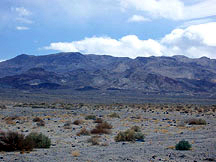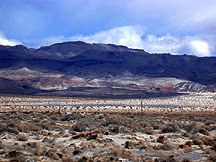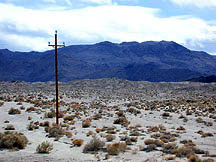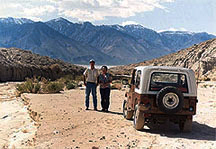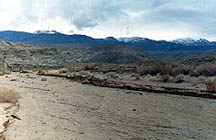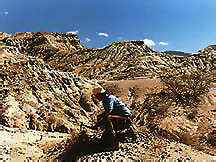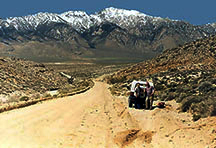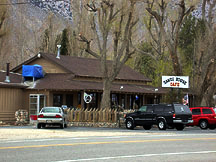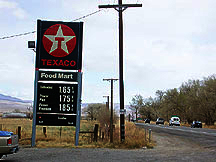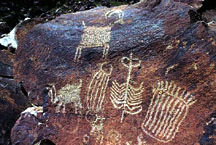|
Click on the image for
a larger picture. Here is an image of several Big Horn sheep
petroglyphs from Petroglyph Canyon in the Coso Range. Photograph
by Darios Caloss, University California Santa Cruz. Image is
courtesy of the Web Page, An
On-Line Archive of Digital Images of Rock Art from the Western
United States ; the
Coso Range contains the largest concentration of petroglyph rock
art drawings in North America. Tours to the world-famous Petroglyph
sites must be arranged well in advance through the Maturango Museum in Ridgecrest, California.
Visit the Coso
Range petroglyph site
with the late Huell Howser, (October 18, 1945-January 7, 2013),
host of the long-running PBS series California's Gold,
1991-2012. The Coso Range petroglyph video first aired on California's
Gold January 13, 2008.
|
